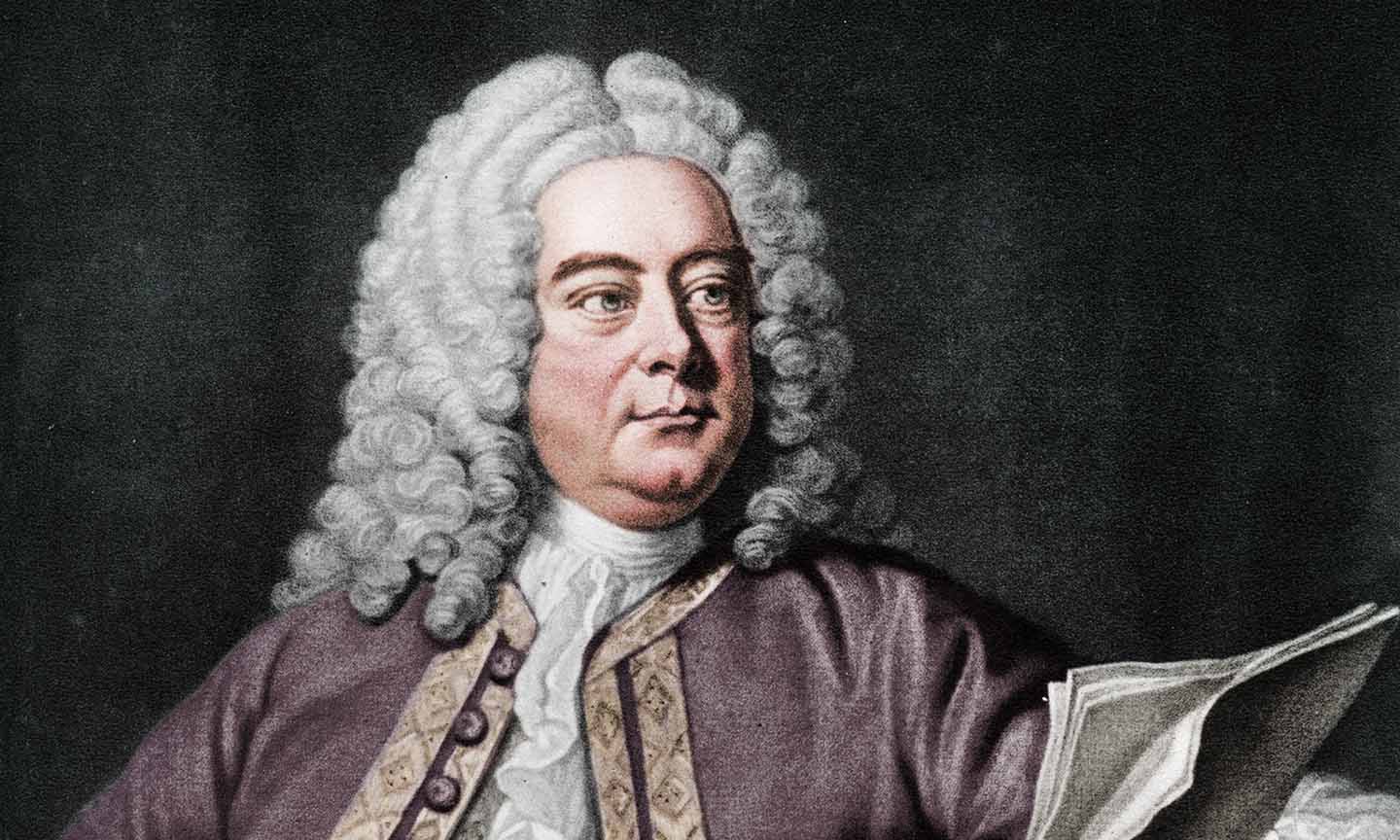Georg Friedrich Händel, one of the Baroque era’s most celebrated composers, left an indelible mark on the world of music. Born in Germany but spending much of his career in England, Händel’s works encompass a broad range of genres, from operas and oratorios to instrumental pieces. His music is characterized by its grandeur, emotional depth, and ability to convey the drama of the human experience. Below are ten of his most remarkable compositions that continue to captivate audiences today.
1. Messiah, HWV 56
Perhaps Händel’s most famous work, the Messiah is an English-language oratorio composed in 1741. The work, which includes the iconic “Hallelujah” chorus, is a cornerstone of the choral repertoire and is often performed during the Christmas season. Its blend of profound spirituality and musical brilliance has made it one of the most beloved compositions in Western music.
2. Water Music, HWV 348-350
Composed in 1717, the Water Music is a collection of orchestral movements, often played as three separate suites. Commissioned by King George I, it was performed during a royal boat party on the River Thames. The lively and majestic nature of this work reflects both the grandeur of the occasion and Händel’s ability to craft music that is both entertaining and sophisticated.
3. Music for the Royal Fireworks, HWV 351
Commissioned by King George II in 1749, Music for the Royal Fireworks was composed to accompany a grand fireworks display in London. This orchestral suite is marked by its bold, festive character, with the “Overture” and “La Réjouissance” being particularly famous. The work exemplifies Händel’s skill in writing for large ensembles and his ability to capture the public’s imagination.
4. Giulio Cesare in Egitto, HWV 17
Giulio Cesare is one of Händel’s most successful operas, premiering in 1724. This opera seria is noted for its dramatic arias, particularly “V’adoro, pupille” and “Piangerò la sorte mia.” The work showcases Händel’s mastery of vocal writing and his ability to blend drama with musical expression.
5. Zadok the Priest, HWV 258
Composed for the coronation of King George II in 1727, Zadok the Priest has since become synonymous with British coronation ceremonies. Its powerful choral opening and regal atmosphere make it one of Händel’s most enduring anthems. The piece’s grandeur and timeless appeal are testament to Händel’s genius in ceremonial music.
6. Rinaldo, HWV 7
Premiering in 1711, Rinaldo was the first Italian opera composed for the London stage. The opera is known for its rich orchestration and the virtuosic aria “Lascia ch’io pianga,” which remains one of Händel’s most beloved melodies. Rinaldo solidified Händel’s reputation in London and demonstrated his ability to captivate audiences with dramatic and emotional music.
7. Solomon, HWV 67
This oratorio, composed in 1748, is one of Händel’s finest works in the genre. Solomon is celebrated for its rich choruses and the famous “Arrival of the Queen of Sheba,” an instrumental piece that has become a popular concert staple. The oratorio reflects Händel’s ability to tell a compelling story through music, blending grandeur with lyrical beauty.
8. Serse, HWV 40
Serse (Xerxes), an opera from 1738, is best known for the aria “Ombra mai fu,” also known as Händel’s “Largo.” This serene and beautiful melody is one of Händel’s most famous works, transcending the context of the opera itself. The entire opera is a testament to Händel’s ability to blend humor, drama, and exquisite music.
9. Dixit Dominus, HWV 232
Composed in 1707 during Händel’s time in Italy, Dixit Dominus is a vibrant and complex setting of Psalm 110. The work is known for its demanding vocal parts and intricate counterpoint, showcasing Händel’s mastery of choral composition at a young age. It remains a favorite among choirs and is a brilliant example of Baroque choral music.
10. Concerto Grosso Op. 6, No. 11 in A major, HWV 329
Part of a set of twelve concerti grossi composed in 1739, this concerto is a prime example of Händel’s skill in instrumental writing. The Op. 6 concertos are noted for their elegance, structural clarity, and rich textures. No. 11, in particular, stands out for its lively and engaging character, embodying the spirit of Baroque orchestral music.
These ten compositions represent the breadth and depth of Georg Friedrich Händel’s musical achievements. His ability to craft music that is both grand and intimate, dramatic and serene, ensures his place as one of the most revered composers in the history of Western music. Whether through operas, oratorios, or instrumental works, Händel’s legacy continues to inspire and delight audiences around the world.


Comments are closed